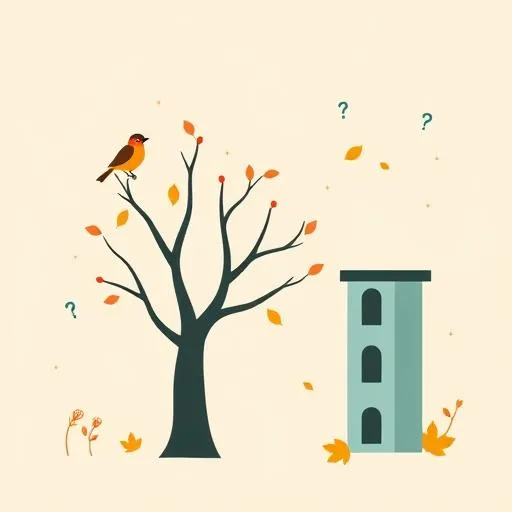
Walking through our local park the other day, my daughter suddenly gasped at the clouds above and asked, “What if those glasses could turn them into dinosaurs?” Turns out, the tech world might actually make that kind of wonder possible! Researchers predict these AI glasses could dominate markets by 2032 with their sleek designs—and honestly, it made me feel hopeful about possibilities stretches far beyond the stats. Watching a $857 million market grow over pancakes and maple syrup had me thinking: How will this change how our kids explore the world between bites? YOUR CHILDREN ARE ALREADY INVESTIGATING THIS, just in completely different ways than we’d expect.
So, Why These Shoes Belong on Every Parent’s Radar

Forget the sci-fi jargon—let’s relate this to schoolyard magic! These aren’t clumsy tech relics but tools evolving like playground swings from baby seats to freedom ladders. Consider how market growth percentages could directly translate to deeper backyard discoveries. Imagine letting your kids play detective with squirrels’ footprints without worrying about 8 AM school rush logistics—tech streamlining real-world exploration rather than replacing it.
When we spotted a raccoon dismantling our birdfeeder last week, my daughter’s imaginary questions about “feedercams” made me realize: Kids already experience reality as interactive! These glasses might just formalize their instinct to ask, “What’s that? Why? How?”, transforming sidewalk blobs into bug species, or puddles into physics labs.
Learning Through Laughter (Not Lectures)

Last Saturday’s sludge science party became accidental proof how engagement beats correction! Coding bootcamps might fade compared to this: My daughter used her slime-making station to invent a “racoon voice translator” by feeding audio through two grated carrots. (Okay, that was just syrup bottles and Duplo blocks.) The point? When education feels like play, neural pathways grow without need for corporate jargon. 
Because Tech-Addict Orangutans Don’t Brew Coffee
Here’s my non-negotiable: While these gadgets might explain why our cookies crumble using 3D cookie-scan scicam data, screen time still needs human heartbeat rhythm. Ever watched a kid zone into counting How Many Seconds Until Caribou Comes While I Convince Dad My Muffin Tops Are Volcano Parts? Yeah, tech magic works best when we laugh while broccoli spiders attack the lidar scans.
Teaching Boundaries > Blocking Brilliance. When my daughter first asked lenses to whisper math during a snack cart race, we turned her spark into our own DIY “focus goggles”—glass frames made from reused yogurt lids. The control toggles? Paper strip stickers labeled “daydream” / “discover” / “dinner”! Big win: She still chooses “night adventure” setting to invent dragon cloud stories from shadow outlines.
See Them Seeing: Beyond Cold Algorithms

While thousand-dollar case studies impress investors, the real VIP storyline is knowing how these lenses might sharpen their empathy superpowers. Like when my daughter tried to explain dusk to her cousin—”Sun goes night-night in a maple syrup balloon”—and we instantly saw beauty algorithms will never brew.
Big tech can’t replicate that Velcro intimacy when they 3D-treeprint designs using tangy Korean corn dog recipes as base materials. The secret sauce comes from wisely blending wonder with wander: Let glasses enhance mosquito bites into anti-buzz ecosystems, but never intervene between splatter-painting chaos and parental love-induced applause.
What really counts? Installing emotional GPS first. The research-backed “quantum parenting” idea isn’t about fancy launch reports—it’s navigating those moments when lenses fog from shared oatmilk lattes or bedtime stories include random carifier breakdown experiments. Their physical proximity to materials never matters as much as proximity to hearts.
Let’s program our co-adventures with intention! Tomorrow’s headlines may baffle, but tonight’s dinner table conversations about dinosaur vampire elimination math might make actual memories.
Source: AI Glasses Market is Growing, GlobeNewswire, 2025/09/04
